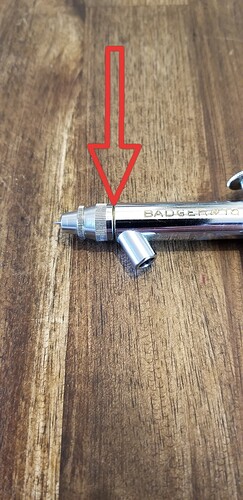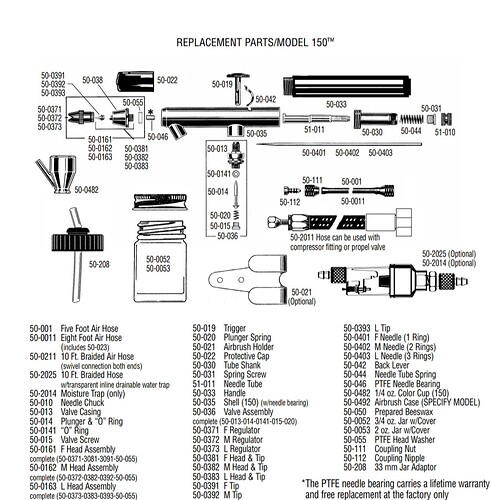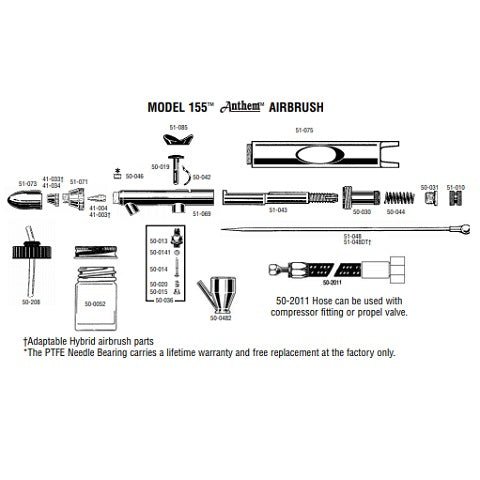Hi @Darren,
I only spray acrylics through a few different Badger airbrushes and they work just fine. That said, I am familiar with what you described.
Starting with the “air bubbles”, I get them too when cleaning, but have never had any paint leaks/bubbling out, or paint gumming up the threads. The bubbles are something I’ve come to live with. I tired to make it stop with no luck, so concluded it was ok.
I haven’t used AK paints in a while, and instead use Vallejo Model Air. I don’t have a particular reason for Vallejo vs AK, except years ago, I ran into AK leaving unusual finishes, so tried something else. I don’t recall thinning the AK paints. I don’t have to thin with Vallejo and shoot it right out of the bottle, but need to keep an eye on the quality of bottles that have sat unused for a while, as the paint seems to solidify just enough to clog the gun. I can usually tell if this will happen when I’m shaking the bottle - sluggish shake usually equals tired out paint…
Regarding the clogging, I see that from time to time with prolonged use too, as you describe. I don’t usually have to tear the whole gun down to fix this, and instead remove the outer tip, and wipe down the inner tip and shell - (sorry , don’t know the technical name for the parts). This is a somewhat random problem for me - every once an a while the tip will clog quickly, and other times not at all.
This might sound ridiculous, but I use my optivisor when tearing down and cleaning my air brushes, as very thin layers of acrylic can get built up within, and are hard to see otherwise. I’ll use very fine wire and stiff old paint brushes dipped in AB cleaner to probe around to make sure the gunk is found and removed. Small dried paint nuggets can interfere with airflow and cause clogging. While a bit tedious, a few of my airbrushes are pretty old and still do the trick.
You can see my results in my Avatar - the Peterbilt which is painted with Vallejo Model Air paint with several Aqua Gloss II clear coats. I’ve had good results with matte or flat finishes too. For the last few years, I’ve used Tamiya canned primers (various colors for different color tone) which has worked great.
Like most of the skills in this hobby, practice and patience seems to have helped me along the way.
Cheers
Nick


